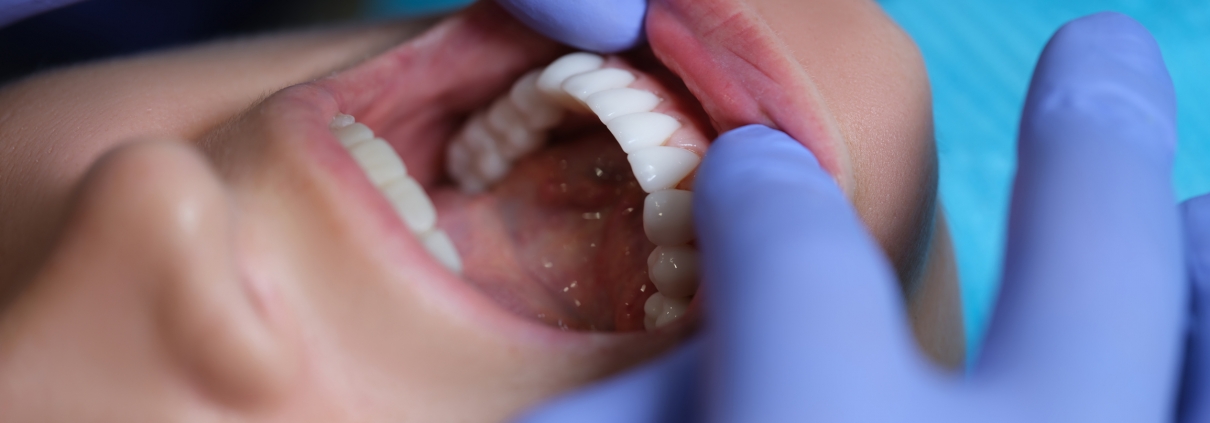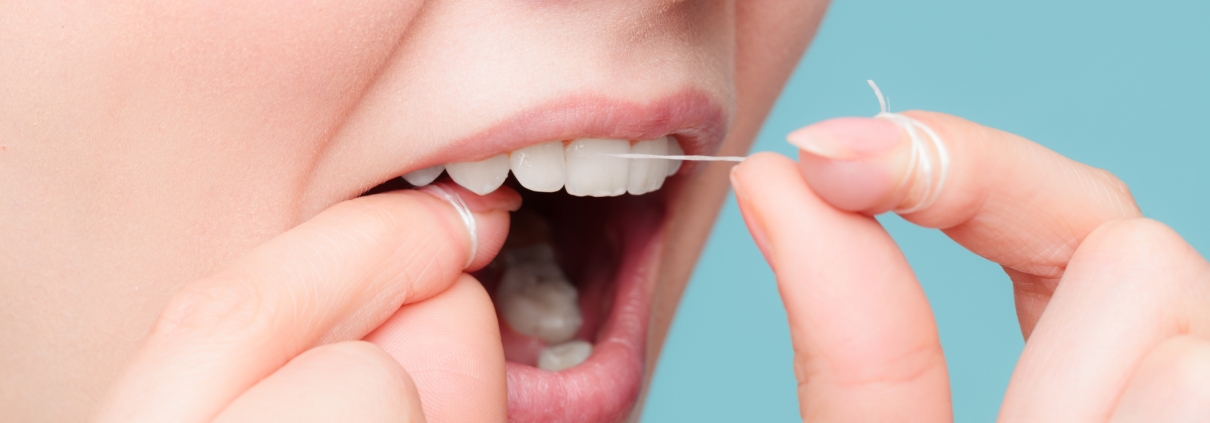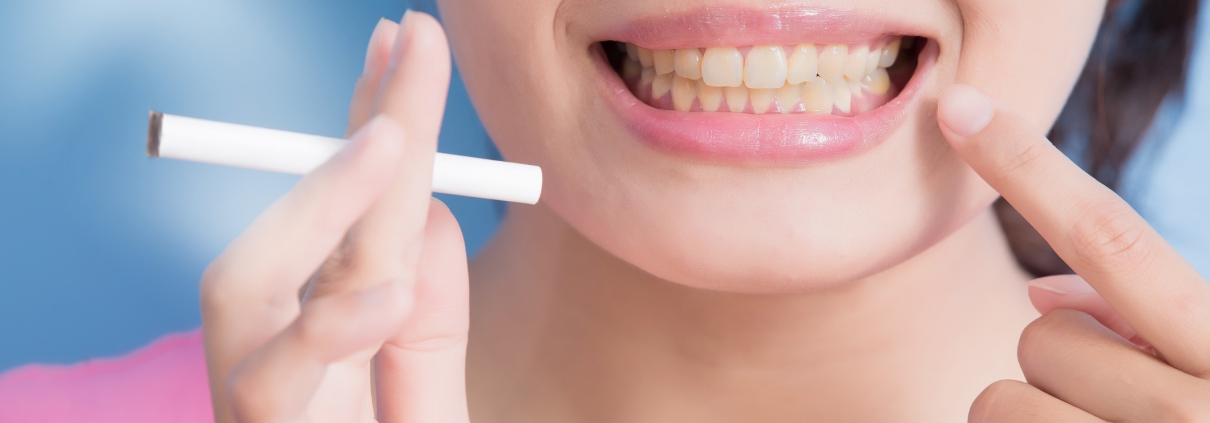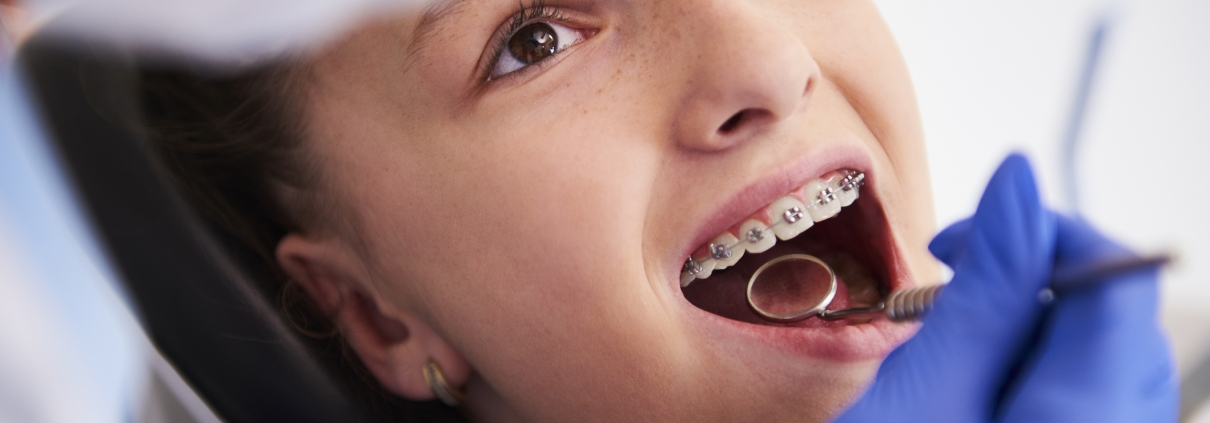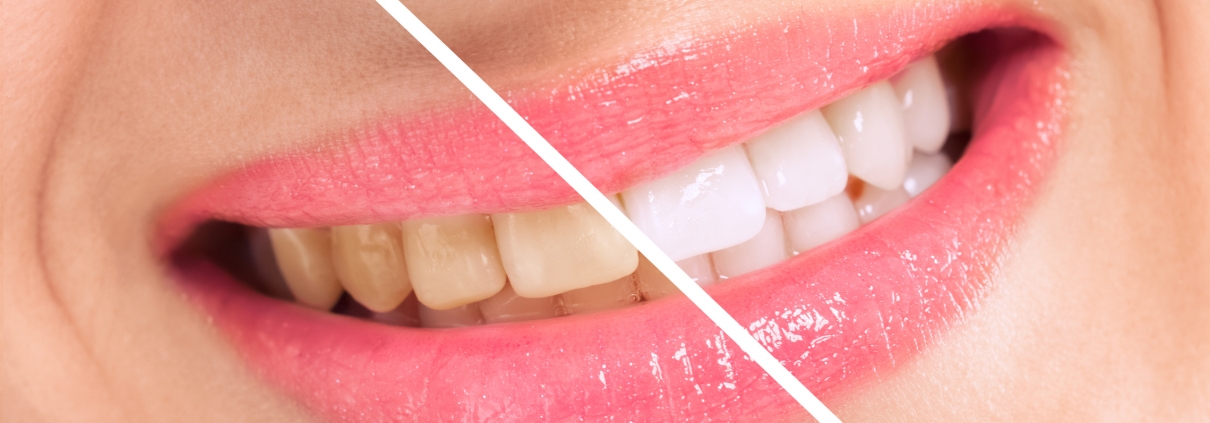A captivating smile is often the first thing people notice, and the appearance of front teeth plays a crucial role in achieving that perfect grin. Front tooth composite resin, a versatile and innovative dental material, has revolutionized the way dentists restore and enhance the aesthetics of front teeth. In this article, we delve into the wonders of front tooth composite resin and how it is transforming smiles with its natural look, durability, and customizable qualities.
Understanding Front Tooth Composite Resin
Front tooth composite resin is a tooth-colored dental material made from a mixture of plastic and glass. Also known as dental bonding or tooth-colored fillings, this resin is designed to match the natural color of teeth, providing a seamless and aesthetically pleasing restoration. Unlike traditional amalgam fillings, composite resin bonds directly to the tooth structure, offering both functional and cosmetic benefits.
Versatility in Cosmetic Dentistry
A Natural Aesthetic:
One of the primary advantages of front tooth composite resin is its ability to mimic the appearance of natural teeth. Dentists can precisely shade-match the composite to the patient’s existing tooth color, ensuring a seamless blend and a natural-looking result.
Repairing Minor Imperfections:
Composite resin is an excellent choice for repairing minor imperfections in front teeth, such as chips, cracks, or gaps. The material can be precisely shaped and molded to restore the tooth’s structure while enhancing its overall appearance.
Customizable Solutions:
The versatility of composite resin allows dentists to customize the shape, size, and contour of the treated tooth. This enables a personalized approach to smile enhancement, addressing individual preferences and achieving a harmonious overall look.
The Bonding Process
The application of front tooth composite resin involves a straightforward and minimally invasive process:
Preparation:
The dentist begins by cleaning and preparing the tooth surface, ensuring optimal adhesion.
Shade Matching:
The dentist selects a composite resin shade that closely matches the natural color of the patient’s teeth.
Application:
The resin is applied in layers, each carefully sculpted to achieve the desired shape and contour.
Curing:
A special light is used to harden or cure the composite resin, bonding it securely to the tooth.
Finishing Touches:
Once cured, the dentist trims and polishes the composite to refine its appearance and ensure a natural shine.
Benefits of Front Tooth Composite Resin
Aesthetic Excellence:
Achieves a natural appearance, seamlessly blending with surrounding teeth.
Conservative Approach:
Preserves more natural tooth structure compared to other restorative options.
Durability:
With proper care, front tooth composite resin restorations can be long-lasting.
Quick and Painless:
The bonding process is typically quick and minimally invasive, often completed in a single dental visit.
Front tooth composite resin has emerged as a game-changer in cosmetic dentistry, offering a conservative and aesthetically pleasing solution for restoring and enhancing front teeth. With its ability to seamlessly blend with natural teeth, durability, and versatility, composite resin has empowered countless individuals to achieve the radiant smiles they desire. For those seeking a transformative and personalized approach to smile enhancement, front tooth composite resin stands as a beacon of innovation in modern dentistry.

